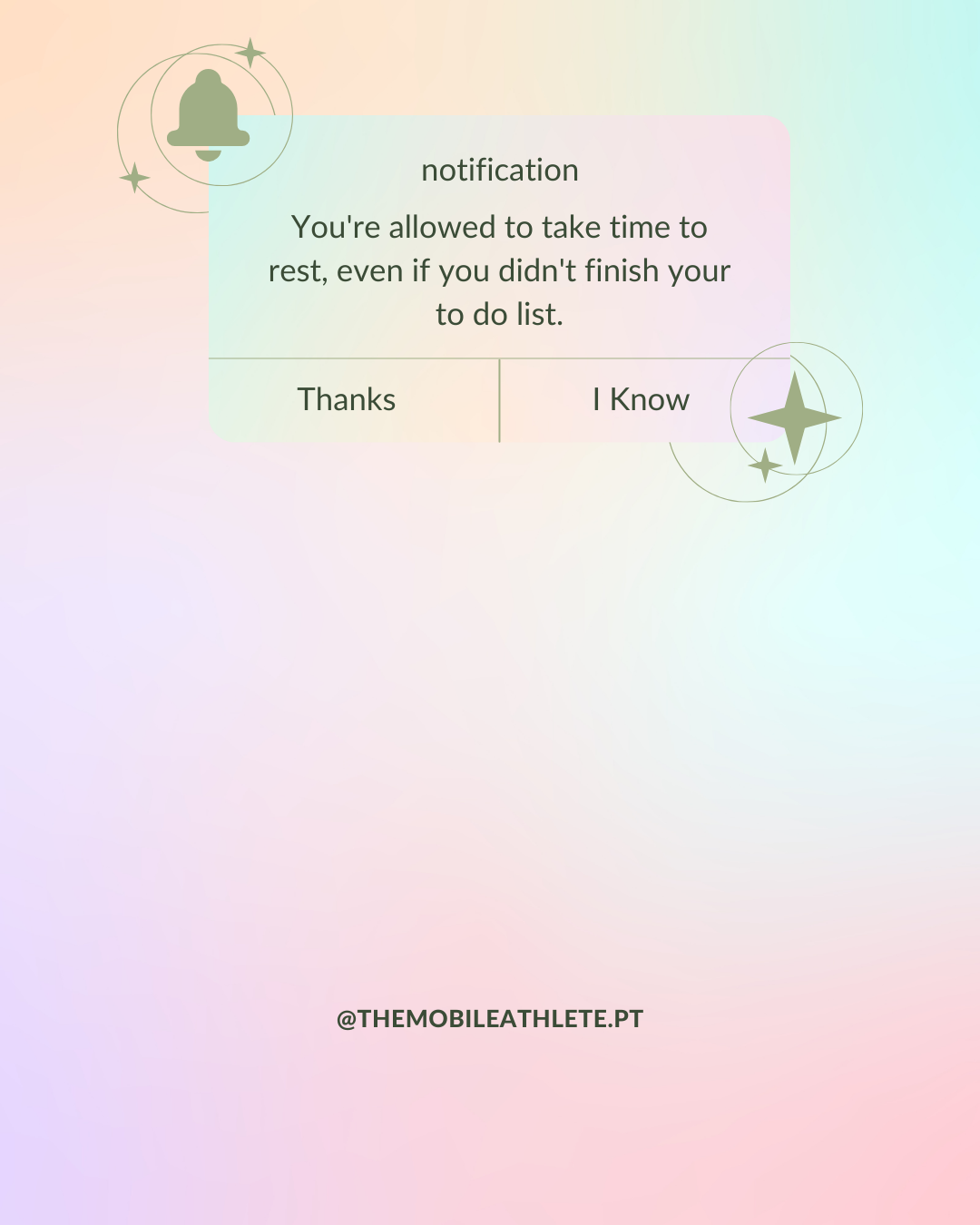
Last weekend, I had the incredible opportunity to escape to the mountains with one of my closest friends. It was a much-needed getaway, filled with relaxation, new connections, and rejuvenation. Surprisingly, it wasn't me who planned this retreat. Shawn surprised me with this time away because he knew that what I truly needed in this season of my life was rest.
When I talk about rest, I don't simply mean more sleep - although that would be nice too! Perhaps a more fitting term for what I'm referring to is downtime. We all understand the importance of being productive and accomplishing our goals, but we often overlook the significance of scheduling downtime for ourselves.
At TMA, we recognize the five pillars that contribute to a happy and healthy life are movement, nutrition, sleep, stress management, and community. However, I must admit that I have neglected to prioritize downtime for quite some time now, and I can clearly see the negative effects it has had on each of these pillars.
When I fail to schedule downtime, I find myself growing increasingly anxious, and my stress levels skyrocket. This heightened stress and anxiety then seep into my sleep, leaving me feeling depleted and lacking the energy to take care of my body and nourish it with the right foods. It becomes a vicious cycle that can be difficult to escape. Have you ever found yourself caught in this relentless cycle?
So, what exactly is downtime? It entails utilizing unstructured periods of time to rest and reset our minds by engaging in activities that do not demand our focused attention. The key is to participate in activities that require minimal effort or concentration, such as taking a nap, enjoying a refreshing shower, or going for a leisurely walk.
Research has proven that our brains need regular intervals of rest and reflection in order to function optimally. It's important to note that downtime does not consist of leisure activities like playing video games or mindlessly scrolling through social media. Such activities, including checking emails, taking calls, or watching television, demand our focused attention and can be counterproductive when our bodies and minds are in dire need of rest. In a world filled with mounting obligations, constant noise, and soaring expectations, intentionally allocating energy towards rest becomes more crucial than ever before.
So, how can we begin incorporating downtime into our daily routines? It's important to start small. Is there a natural break during your day where you can carve out a few moments of downtime? Perhaps it's as simple as setting aside 10-15 minutes to put your phone aside, close your laptop, and allow your mind to wander freely, free from any judgment.
For me, I've discovered a natural pause in my day between finishing work and picking up my older children from school. During this time, I've made a conscious effort to incorporate a 15-20 minute walk. Depending on the weather, I either venture outside (when the heat isn't unbearable) or utilize my compact under-desk treadmill. To make this experience even more enjoyable, I listen to music, entertaining podcasts, or a captivating fiction book. This simple routine allows me to transition from my work-mode to mom-mode.
So, where can you schedule some much-needed rest today? The next time you find yourself at the clinic, let us know how you are incorporating rest into your day. Your mind and body will thank you for it.





